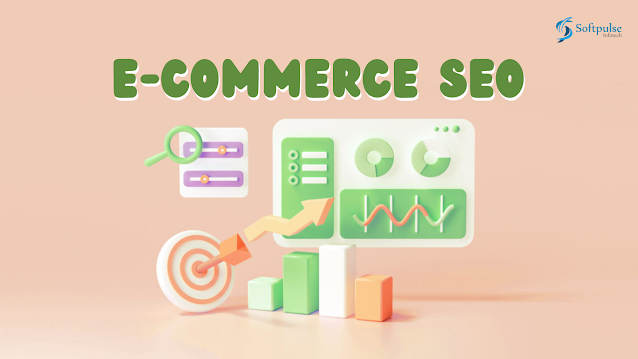How To Drive More Sales With Ecommerce SEO & SEO Strategies
If you are running an ecommerce business and want to generate more online traffic? Ecommerce SEO is a mind-blowing marketing strategy without spending a single penny on ads.
Today, we'd like to give you an e-commerce SEO complete guide. You will learn everything about SEO for ecommerce starting from technical SEO to link building.
Let's dive into best practices of ecommerce SEO to uplift online traffic in 2023.
What is Ecommerce SEO?
Ecommerce SEO is a strategy that helps online shops more visible in the SERP. Well-optimized ecommerce sites rank higher on Google and get more organic traffic.
Simply, E-commerce SEO means adding target keywords, optimizing titles, descriptions & images, internal link structure, and navigation options for a better user experience.
Ecommerce SEO Best Practices
Technical SEO
Performing technical SEO is essential for all types of websites. Technical SEO helps to crawl your website easily.
Conducting a site audit helps to find technical errors like server errors, 404 pages, duplicate content, and canonical or indexing tags.
Installing Hypertext Transfer Protocol Secure (HTTPS) extension is used for securing your customer's sensitive data from hackers.
Using the proper site structure, buyers can easily navigate what they're looking for, and also helps to search engines find your pages.
Keyword Research
Keyword research is the foundation of every website. Without keywords, it is challenging to optimize your ecommerce store.
Refrain from overloading or keyword stuffing in the product title and description. It will harm your ecommerce SEO score. Add your main keyword in metadata, image alt text and subheading that helps Google to understand your webpage in a better way.
You can use keywords for ecommerce products and category pages based on search volume, CPC and keyword difficulty, which means you will get more active organic traffic.
To perform keyword research in the right way, you can use the best keyword research tools like Google keyword planner, Answer the Public, ahrefs, Semrush, and Ubersuggest.
On-page SEO
On-page SEO means optimizing website content. It includes an H1 tag, meta title, meta description, URLs and images.
Using a template with specific keywords to write meta title tags and meta descriptions. It is impossible to write thousands of webpages a unique content.
H1 is simple, and use it for product and category pages to improve your e-commerce SEO in an organic way. Also, URLs should be clear and has a keyword in them.
Optimizing product images for e-commerce SEO will give you more traffic and SERP rank. Use keywords in the alt tags and give the proper file names for optimizing your images.
User Friendly
Make your ecommerce website user-friendly with good design and works well on other platforms. User experience helps to find the product the customer is looking for and gives the best shopping experience.
Improving page load speed can help you better Google rank for both desktop and mobile. Only you have to remove unwanted plugins and add-ons and optimize images from your website.
Link building
Link building is another factor for ecommerce SEO. Earning backlinks from relevant, trusted websites for an ecommerce website takes a lot of work. The more quality links you have, the more chances of getting ranked on SERP.
Here is some way to link building for an ecommerce store:
- Create internal backlinks
- Guest posting
- Share content on social media platforms
- Press release
- Blog commenting on forums
- Creating & posting infographics
Link building is a long process, so don't take shortcuts by buying links. Buying low-quality backlinks can affect your e-commerce SEO ranking on SERP and decrease traffic & sale.
Ecommerce SEO Conclusion
E-commerce SEO helps to skyrocket your website visibility, get new leads, and build an audience. Spending some time and money on eCommerce SEO will give you tremendous results for your business.
All you have to do is focus on the core SEO best practices, and this article will surely help you with the basics.




Comments
Post a Comment